“I said here’s the problem with NATO: it’s obsolete.”
– Donald Trump, April 2016, campaigning in Wisconsin
“NATO, in particular, is one of the best investments America has ever made.”
– Hillary Clinton, March 2016, Stanford University
[Note: for a more recent analysis of NATO issues, see “NATO: Necessary but not sufficient,”by Senior Fellow Constanze Stelzenmüller]
NATO, the North Atlantic Treaty Organization, has become a hot issue in the U.S. presidential campaign. In an interview with The New York Times, Republican nominee Donald Trump said that “we have many NATO members that aren’t paying their bills” and has even suggested that coming to the aid of the Baltic states, if attacked by Russia, would depend on whether those states have “fulfilled their obligations to us.” Former Secretary of State Hillary Clinton, the Democratic nominee, called NATO “the most successful alliance in history,” and her campaign said that that Trump’s remarks to The New York Times showed he is “temperamentally unfit and fundamentally ill-prepared to be our commander in chief.”
What is NATO and who are its members?
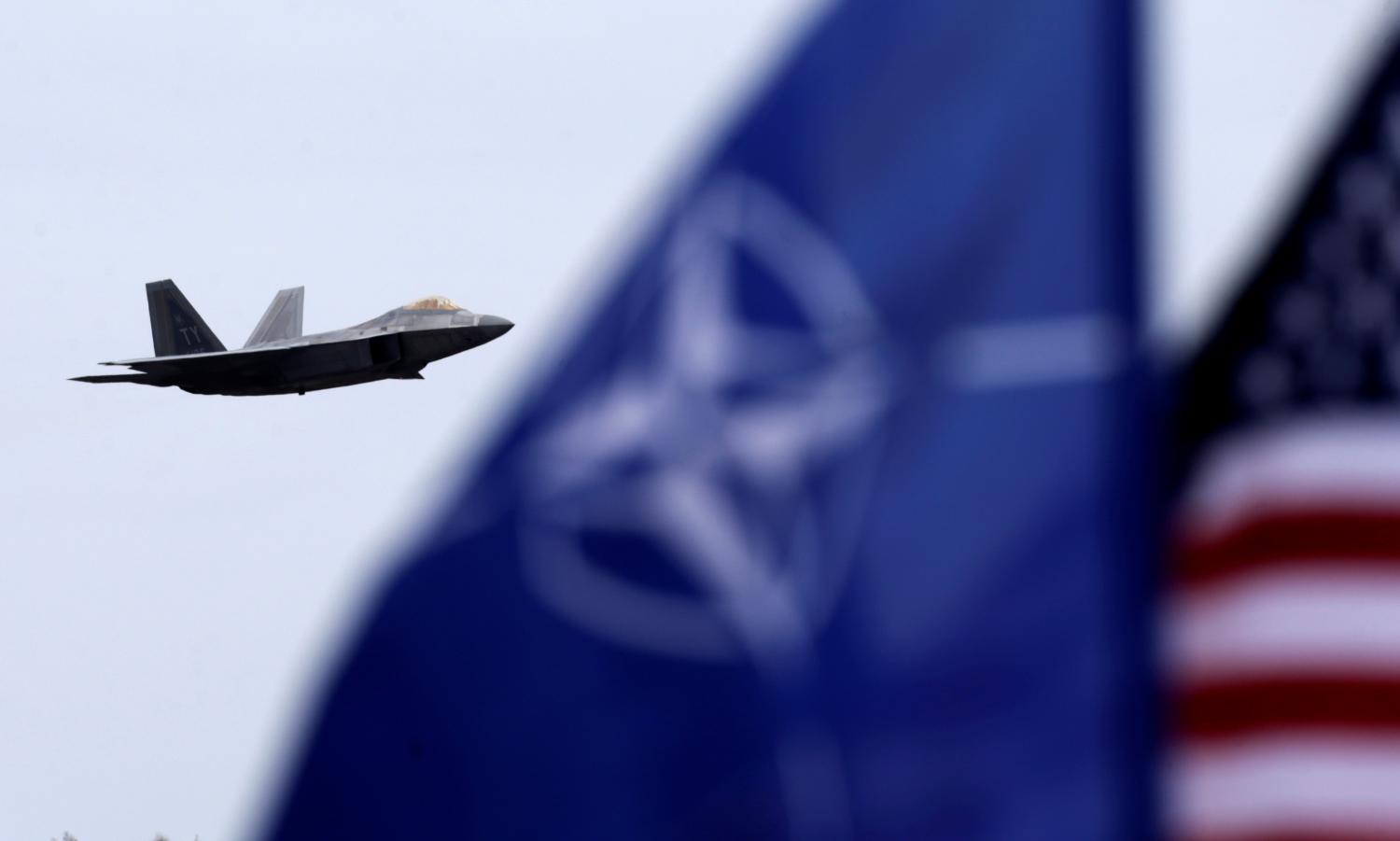
NATO is an alliance among 28 member countries “to safeguard the freedom and security of its members through political and military means.”
The alliance was created in 1949 under the North Atlantic Treaty—signed April 4, 1949—by the United States and 11 other nations (Belgium, Canada, Denmark, France, Iceland, Italy, Luxembourg, Netherlands, Norway, Portugal, and the United Kingdom) to protect Europe against Soviet expansion following World War II. New member states joined in subsequent decades:
1952 Greece, Turkey
1955 Germany (then West Germany; East Germany was part of the Warsaw Pact)
1982 Spain
1999 Czech Republic, Hungary, Poland
2004 Bulgaria, Estonia, Latvia, Lithuania, Romania, Slovakia, Slovenia
2009 Albania, Croatia
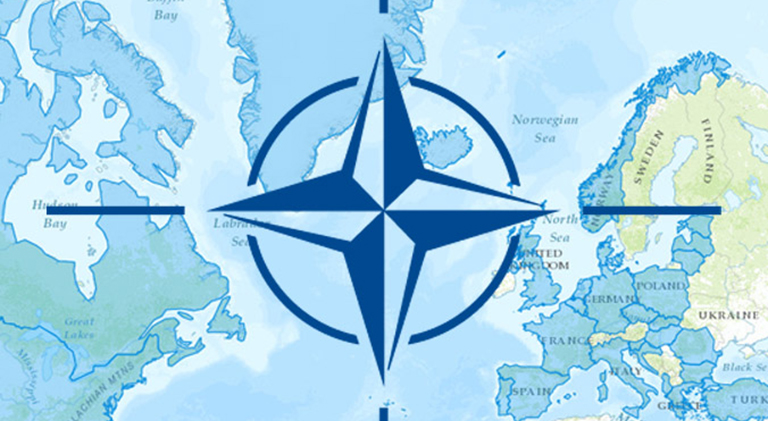
Article 5 of the treaty—“a cornerstone of the Alliance,” in the organization’s words—is a mechanism by which each member country pledges mutual assistance in the event of a threat. “The Parties agree,” Article 5 states,
that an armed attack against one or more of them in Europe or North America shall be considered an attack against them all and consequently they agree that, if such an armed attack occurs, each of them, in exercise of the right of individual or collective self-defence recognized by Article 51 of the Charter of the United Nations, will assist the Party or Parties so attacked by taking forthwith, individually and in concert with the other Parties, such action as it deems necessary, including the use of armed force, to restore and maintain the security of the North Atlantic area.
The day after 9/11, NATO invoked Article 5 for the first and only time in the alliance’s history. NATO early warning aircraft patrolled U.S. air space. NATO led the International Security Assistance Force in Afghanistan, established in December 2001, from August 2003 to December 2014. NATO remains engaged in Afghanistan through Operation Resolute Force, something Senior Fellow Vanda Felbab-Brown and Seyom Brown discussed in “What’s the best way organize a coalition around countering terrorism?”
What do NATO members pay to support the alliance?
At the core of Donald Trump’s criticism of NATO is that some member states are not paying their share. In 2006, NATO member countries agreed on the goal of spending a minimum of 2 percent of their respective GDPs on defense, a goal that was reaffirmed at the 2014 NATO summit in Wales. But according to 2015 estimates, only five countries—the United States, Greece, the United Kingdom, Estonia, and Poland—had reached that target, although many others are increasing their defense spending. The United States spends by far the most on its military: over $660 billion annually, more than all other NATO members combined, which amounts to over 3.6 percent of its GDP. U.S. contributions account for about 73 percent of all defense spending among member nations.
“It is probably the worst thing he has said so far because it was so explicit” – Thomas Wright
The 2 percent target is not enshrined in the North Atlantic Treaty, nor is it a precondition for member states’ mutual defense obligation (or benefit) under Article 5. Nor, according to NATO, does the U.S. share of spending mean that the United States covers “73 percent of the costs involved in the operational running of NATO as an organization.” It does mean that “there is an over-reliance by the Alliance as a whole on the United States for the provision of essential capabilities,” including intelligence, ballistic missile defense, and airborne electronic warfare. At the Wales Summit, those member nations not meeting the 2 percent target aimed to achieve that goal within a decade.
What Brookings experts are saying about comments on the campaign trail
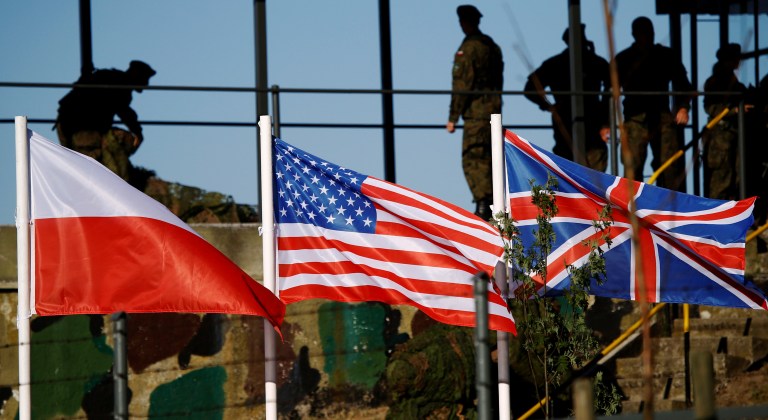
Brookings Fellow Thomas Wright, director of the Project on International Order and Strategy, called Trump’s most recent comments about NATO “just hugely dangerous and irresponsible, and completely in character and consistent with his track record but more explicit than ever before.” Wright continued: “It reverses almost 70 years of U.S. policy. If elected, it would potentially spark a very early major crisis because there would be real doubts about whether the U.S. would stand by its commitments in Europe and Asia.”
“It is probably the worst thing he has said so far because it was so explicit,” Wright said.
Wright has also written about the U.S. leadership role in global affairs more broadly. “A Trump administration would pose the greatest shock to international peace and stability since the 1930s,” Wright wrote in March. “This is not because Mr. Trump would invade other countries but because he would unilaterally liquidate the liberal international order that presidents have built and defended since Franklin Delano Roosevelt.”
Following Trump’s earlier remarks about the alliance, Senior Fellow and co-director of the Center on 21st Century Security and Intelligence Michael O’Hanlon and Kathleen Hicks (senior vice president at the Center for Strategic & International Studies) observed that many wealthy U.S. allies, including NATO members, “spend a lot more of their national wealth on development aid and refugee settlement than does the United States,” adding: “NATO allies also commit much more to United Nations peacekeeping missions than we do.” Moreover, O’Hanlon and Hicks argued, “European members of NATO are absorbing the greatest costs and risks in applying sanctions on Russia over its behavior in Ukraine” and Europe “was also collectively crucial in applying sanctions on Iran.” They conclude that while there are valid critiques about NATO specifically and about alliance burden-sharing more broadly,
[T]he verdict is simple: Those who question the basic value of our alliances or engagement overseas go too far. In so doing, they distort the big picture. On balance, America’s alliances help this country undergird a global security system that has dramatically reduced the prevalence of war between nations in modern times, while currently costing the country only 3 percent of GDP.
See also O’Hanlon’s piece, “The art of the military deal,” where he argues that “Trump’s explanation of the economics of America’s security alliances misses several core realities.”
What Brookings experts have said about other NATO and defense issues
NATO faces many challenges across a range of policy issues, including defense of the Baltic States, cooperation on counterterrorism, missile defense, joint missions in Afghanistan, and response to Russian incursions into former Soviet territories (namely Ukraine). Brooking experts have offered their insight and analysis on this range of issues.
The Baltic States
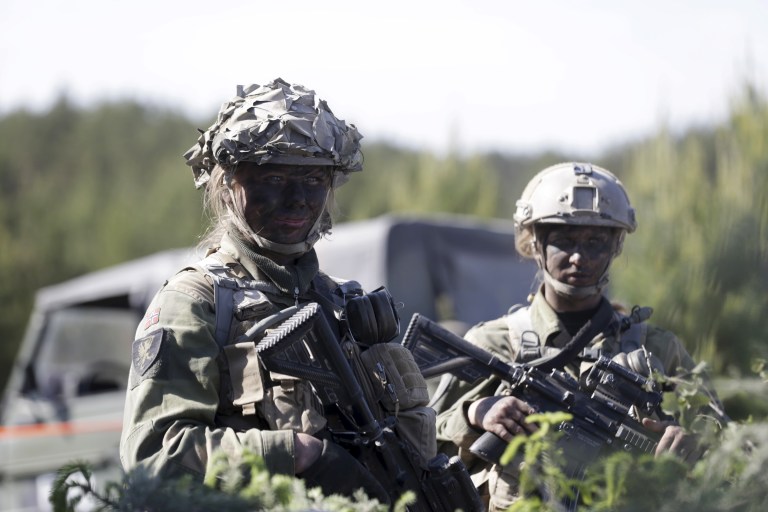
Commitment to the defense of the three Baltic countries—Latvia, Estonia, and Lithuania, all NATO members since 2004—is at the heart of the reactions to Donald Trump’s comments about NATO. Large populations of ethnic Russians reside in those countries (28 percent of Latvia, 25 percent of Estonia, 6 percent of Lithuania), and after Russia’s incursions into Ukraine and annexation of Crimea, many in the Baltic region are nervous about Russia’s intentions. In an article published last year, Senior Fellow Steven Pifer commented on a scenario that “makes Western analysts nervous”:
The Russian military, perhaps after a period of hybrid warfare, uses conventional forces to seize part of Estonia or Latvia, citing the need to “protect” ethnic Russians.
NATO would likely be unable to immediately defeat the attack with forces in place, but would have to marshal its conventional military power for a drive to liberate the occupied territory. (While Russia has conventional force advantages in the Baltic region, NATO continues to hold overall advantages, particularly in long-range strike capabilities.)
Then comes the rub: what if Moscow threatened to escalate to non-strategic nuclear weapons to deter a NATO conventional counterattack, or to stall or reverse a NATO counter offensive that had begun to evict Russian forces?
Pifer cautions that “this is not a likely scenario, nor is any Russian conventional military operation against a Baltic state. But is the probability zero?” Pifer has also recommended “measured steps” to increase Baltic security, including deployment of anti-aircraft missiles and anti-armor systems. The July 2016 NATO summit agreed to deploy battalions in each of the Baltic states and in Poland.
Missile defense
Earlier this year, the United States launched a NATO-operated missile defense site in Romania. A second site in Poland is planned to be operational in two years. Russian President Vladimir Putin has voiced his opposition to both sites and has claimed they are a threat to Russia’s security. NATO says they are intended to defend against incoming missiles from the Middle East, particularly Iran, which may be aimed at targets in Europe or the United States.
Pifer has written that “Despite Moscow’s assertions, the SM-3 interceptors [in Poland] have no capability against Russia’s ICBM force” but offers some ideas on how Washington and NATO could reconsider the Poland-based interceptors in exchange for conditions from Moscow. Pifer was also a participant in the Deep Cuts Commission report, “Back from the Brink: Toward Restraint and Dialogue between Russia and the West.” The commission recommended that the United States
should show restraint in deploying ballistic missile defenses with capabilities against intercontinental- and intermediate-range ballistic missiles, consistent with its stated policy that such deployments are to defend against the kind of limited potential threats posed by North Korea and Iran, not against the nuclear deterrents of Russia and China.
Ukraine
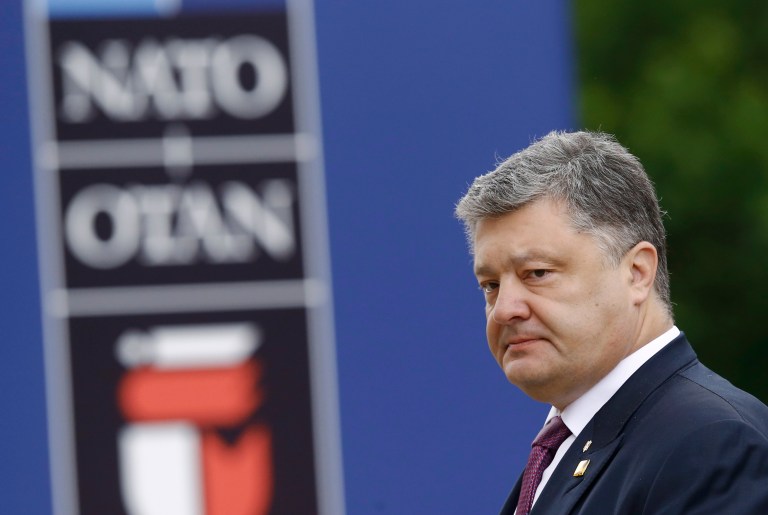
Months of political and social turmoil in Ukraine in late 2013 and early 2014 culminated in Russian forces seizing Crimea from Ukraine in March 2014. In an event at Brookings, NATO’s then-Secretary-General Anders Fogh Rasmussen said that “Russia’s military aggression in Ukraine is in blatant breach of its international commitments and it is a violation of Ukraine’s sovereignty and territorial integrity.” Although Ukraine is not a NATO member, Rasmussen asserted: “This is a wake up call for the Euro-Atlantic community, for NATO, and for all those committed to a Europe whole, free and at peace.”
As of the early 2000s, Ukraine was on a path to possible NATO membership, and in 2008 it formally applied to join the alliance by asking for a Membership Action Plan (MAP). Georgia, another former Soviet Republic, was also under consideration for NATO membership that year. Although Ukraine did not get a MAP at the NATO summit in Bucharest that year, its aspirations to join the alliance remained intact. Pifer wrote about what happened and Ukraine’s prospects for hope to join the alliance.
By the end of 2008, near the end of the Bush presidency, the administration still wanted NATO to accept Ukraine and Georgia as members. However, O’Hanlon at the time called it “a singularly bad idea, much more likely to worsen U.S.-Russia relations and increase the risk of war than to do any real good for the new democracies of Central Europe.”
After the events of 2014, including battling Russian-backed separatists in its eastern region, the question of Ukraine joining NATO re-emerged. However, Pifer noted that “there is no sentiment within NATO at present to put Ukraine on a membership track” and Kyiv, too, recognized that “Ukraine has much to do to prepare itself for any membership bid.”
See also the report, “Preserving Ukraine’s Independence, Resisting Russian Aggression: What the United States and NATO Must Do,” in which Pifer, Brookings President Strobe Talbott, and other experts from the Atlantic Council and the Chicago Council on Global Affairs recommended that the U.S. provide defensive and lethal military assistance to Ukraine to counter Russian aggression, and also “approach other NATO countries about also providing military assistance to Ukraine.”
At present, NATO “has reinforced its support for capability development and capacity building in Ukraine.” In June 2016, troops from the U.S. and other NATO and European countries held military exercises in western Ukraine.
——
Visit our website for a complete archive of Brookings experts’ research and commentary on NATO.







Commentary
Making sense of NATO on the US presidential campaign trail
July 29, 2016